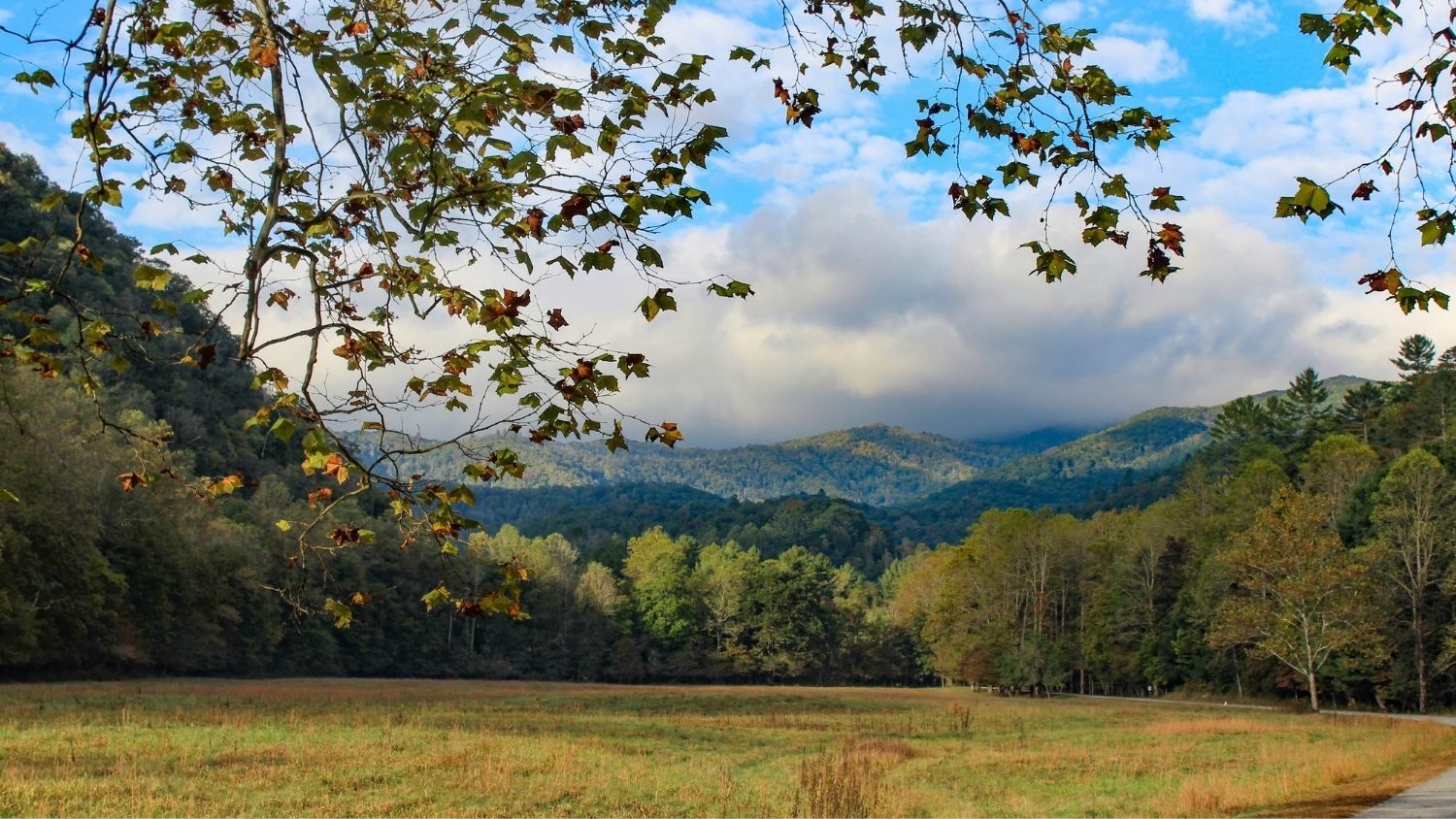Analysis: Studies of U.S. National Parks Are Trending Down, Focused on Popular Parks

Research conducted in U.S. national parks has focused largely on five iconic parks, with more than a third of academic papers focused on Yellowstone National Park, researchers from North Carolina State University found in a new analysis.
They also found that the number of publications per year increased during the 1990s and 2000s, but has dropped since 2013. The findings, published in the journal Conservation Science and Practice, were drawn from an analysis of nearly 7,000 published, peer-reviewed studies conducted at U.S. designated national parks since 1970.
“Looking at the data was a surprise and perhaps a wake-up call,” said the study’s lead author Jelena Vukomanovic, assistant professor of parks, recreation and tourism management at NC State. “Overall, there’s more research being published than ever before, but we’re actually seeing a decline in publications of research conducted in the national parks.”
In the study, researchers used the Web of Science database to analyze academic journal articles on national parks published between 1970 and 2018. While the National Park Service manages more than 400 properties including battlefields and national seashores, the researchers focused on 59 designated national parks. They excluded research on three newly established parks, and did not include reports published outside of peer-reviewed journals.
“National parks are large, relatively intact natural areas that serve conservation objectives and provide aesthetic and other connections between people and nature,” Vukomanovic said. “We wanted to look at what research was being conducted in national parks and what kind of biases there might be in our understanding of these unique and special places.”
They found more than half of all studies since 1970 have focused on five national parks – the parks that see the greatest number of visitors per year. Yellowstone accounted for 36.2% of studies; the Everglades represented 6.8%; Great Smoky Mountains accounted for 6.2%; Glacier represented 5.6%; and Yosemite was at 5.3%.
“We need to understand that this is the context behind the conclusions we come to about our landscapes,” said study co-author Josh Randall, graduate student in parks, recreation and tourism management at NC State. “Many of the findings – and their management implications – that we may apply broadly come from a small number of parks.”
The location of parks near research universities wasn’t necessarily linked to the amount of published research on them.
“We know that well-funded researchers can travel to interesting places that have unique phenomena,” Vukomanovic said. “We found some relatively understudied parks are close – within a day trip distance – from a lot of research universities. This is a call for future work on the drivers of research, which could help both park and university administrators identify and address barriers.”
More than half of studies were conducted in parks in northwestern forested mountains. Seventeen percent of studies were done in North American deserts, 10% were in eastern temperate forests, tropical wet forests represented 7% of studies and marine west coast forests were at 6%.
“The national parks of the east represent extraordinary biodiversity and cultural heritage,” Vukomanovic said. “How can we bolster research activity there?”
Life sciences research – and ecology and evolutionary biology studies in particular – made up the majority of park research, representing 60% of total publications.
Physical sciences and mathematics research made up 25% of studies, with the largest share of research in that field going to the earth sciences. Social and behavioral science research made up 8% of studies; engineering made up 3%; and education and multidisciplinary research made up 3%. The arts and humanities represented less than 1% of total research.
Researchers said availability of funding could be playing a role in the decline in publications per year since 2013, and should be studied further.
Federal agencies in the United States was the most commonly cited source of research funding. Notably, more than a quarter of research funding sources were based international internationally.
“These are the world’s living laboratories,” Vukomanovic said. “This interest from international sources speaks to the fact that everyone benefits from the research and knowledge that’s being garnered at the national parks. There could be opportunities for that to grow. How can we make it easier for international collaborators to work in national parks?”
Researchers said increasing availability of data from the national parks could spur research.
“This analysis offers a comprehensive overview that can be built on to shape future work, to identify and address research gaps and determine funding priorities,” Vukomanovic said. “It’s a blueprint to consider for the future.”
The study, “Research trends in U.S. national parks, the world’s ‘living laboratories,’” was published online in Conservation Science and Practice on March 30, 2021. The authors were Jelena Vukomanovic and Joshua Randall. The work was supported by the National Park Service award P17AC01439.
-oleniacz-
Note to editors: The abstract follows.
“Research Trends in U.S. national parks, the world’s ‘living laboratories”
Published online March 30, 2021, in Conservation Science and Practice
Authors: Jelena Vukomanovic and Joshua Randall
DOI: 10.1111/csp2.414
Abstract: U.S. national parks are essential public assets for preserving natural and cultural resources and for decades have provided natural laboratories for scholarly research. However, park research, and how it may be biased, has not been inventoried at a national scale. Such a synthesis is crucial for assessing research needs and planning for the future. Here, we present the first comprehensive summary of national park research using nearly 7,000 peer-reviewed research articles published since 1970. We report when and where these studies occurred, what academic disciplines were most represented, and who funded the research. Our findings show that publication rates increased rapidly during the 1990s and 2000s, but since about 2013 have declined. Over half of the studies occurred in five parks, with Yellowstone representing over a third of all studies, followed by Everglades, Great Smoky Mountains, Glacier, and Yosemite. Nearly half of the studies occurred in the Northwestern Forested Mountains ecoregion. The life sciences, particularly ecological studies, contributed the majority of park research, although the earth sciences dominated several arid ecoregions of the West. Federal agencies funded the largest proportion of research, followed by U.S. universities, non-profit organizations, federal programs (mainly the National Science Foundation), state agencies, and private industry. Over a quarter of the research was supported by international sources. Recent declines in scholarly output suggest that national park research directions and funding opportunities should be examined.
- Categories:


